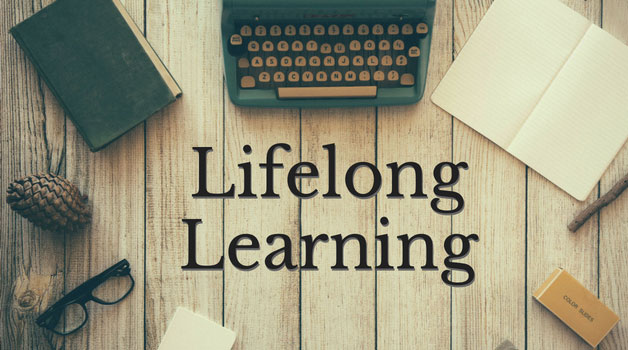The cost of education has climbed by more than a quarter in the last decade. It's understandable if you're seeking strategies to cut your educational expenses in the face of escalating expenditures.
Taking advantage of education tax credits is one strategy to reduce the cost of your education. To help students pay for college, the Lifetime Learning Credit can decrease your tax payment by up to $2,000 on each tax return. Tax credits like the Lifetime Learning Credit have been shown to boost the number of students who go to college by 7 percent.
The Lifetime Learning tax credit is available to sure students, but not all. You need to know about this vital tax benefit and the qualifying requirements here.
What is the Lifetime Learning Credit?
The Taxpayer Relief Act of 1997 included the Lifetime Learning Credit as one of five new tax advantages for schooling.
It is possible to claim a tax credit for lifetime learning. When you file your federal tax return, tax credits lower the amount of taxes you owe on a dollar-for-dollar basis. Unlike deductions that reduce your taxable income, they are not tax credits. It doesn't matter if you don't itemise your deductions or not; there are still tax benefits accessible to everyone.
Educational Institutions That Qualify

All approved post-secondary educational institutions, including universities, colleges, technical schools, and others, are eligible for this credit. Suppose the school is eligible to participate in federal student aid programmes via the US Department of Education. You can utilise the tuition paid to the school to claim the Lifetime Learning credit.
Qualified expenses
Tuition and other compulsory payments, such as registration and student body dues, are considered qualifying expenditures. They exclude books, supplies, equipment, accommodation and board, insurance, student health costs, transportation, and living expenditures.
Any grants, scholarships, or reimbursements must be deducted from your required expenditures. However, if you're paying for college with borrowed money, you don't have to lower your standards. Borrowing from family members or taking out student loans are two examples of this borrowing.
Who Qualifies for the Education Credits?

A tax credit for college expenses can be claimed if you have a dependant enrolled in school and you are footing the bill. Unless you declare them dependent, a dependent who pays for their schooling might claim education credits on their tax return.
Income Restriction
You can claim less of the Lifetime Learning Credit after your salary reaches a particular level. If your modified adjusted gross income (MAGI) is less than the phase-out level, your tax credit will not be lowered, but your credit will be reduced if your income is higher. Single or head-of-household taxpayers with MAGI of $80,000 or less will pay no taxes in 2022, while married couples with MAGI of $160,000 or less will pay no taxes in 2022.
A reduced credit is given to married taxpayers filing jointly if their MAGI is more than $160,000 but less than $180,000. As long as your MAGI is less than $90,000 (or $180,000 for married taxpayers filing jointly), you are not eligible to claim the credit.
What Is The Lifetime Learning Credit Income Cap?
The Lifetime Learning Credit is subject to certain income limitations. As long as your modified adjusted gross income (MAGI) falls below $68,000 (or $136,000 if married and filing jointly), you are eligible for the entire credit.
A progressive phase-out of the credit begins for taxpayers earning between $58,000 and $68,000 (or $116,000 and $136,000 if filing jointly), so you may not be eligible for the whole amount. To qualify for the Lifetime Learning Credit, you must earn less than $68,000 (or $136,000 with a combined tax return).
American Opportunity Tax Credit vs the Lifetime Learning Credit:
It's possible to claim both the American Opportunity Tax Credit and the Lifetime Learning Credit as substantial educational tax credits (AOTC).
It is impossible to reap the rewards of more than one type of educational investment. You may only claim one tax credit for each student in the same tax year under the IRS' no duplicate benefits rule.
For the AOTC, textbooks, course supplies, and equipment needed for attendance are all qualifying expenses, unlike the Lifetime Learning Credit, which excludes these costs. Refundable credit: The AOTC is worth up to $2,500, and it can be used for any future purchases. You can get a refund of 40% of the credit you are eligible for, up to a maximum of $1,000, after paying your tax payment.
The Verdict
Higher education can become more affordable with the support of tax credits, deductions, and tax-advantaged savings schemes offered by the United States government. Filling out the proper papers at tax time is well worth your effort if you are qualified for these benefits. With the support of the lifelong learning credit, eligible taxpayers can pay for undergraduate and graduate education and professional degree programmes and courses that aid in employee skill development.



